The Impact of Different Nanoparticle Concentrations Combined with Gamma Rays on Breast Cancer Cells
DOI:
https://doi.org/10.32007/jfacmedbaghdad2464Keywords:
Brest cancer, AuNPs, Plasma, Gamma RayAbstract
Background: Cancer is the greatest cause of death worldwide. To treat cancer effectively, radiation must maximize cytotoxicity against tumor cells while limiting injury to healthy cells. Nanotechnology and biomedical technologies can help improve cancer detection and treatment, but they also create challenges.
Objective: The objective of the study is to evaluate the effect of different concentrations of gold nanoparticles (25%, 50%, 100%) exposed to different doses of gamma radiation (200Gy, 400Gy, 600Gy) on breast cancer cells in women and comparison with normal cells.
Method: For 24 and 48 hours, breast cancer and normal breast cells were treated to 25%, 50%, and 100% gold nanoparticles (AuNPs). Another comparable method was done after exposing concertation AuNPs to 200Gy, 400Gy, and 600Gy gamma radiation. After 24 and 48 hours, the results were compared REF and MDA values.
Results: Significant changes in cell growth suppression between MDA and REF after 24 and 48 hours, were seen with AuNPs alone (25%, 50%, 100% concentration) and with gamma ray dosages 200Gy, 400Gy, 600Gy. The mean growth inhibition of cells treated with AuNPs irradiated by gamma rays (200Gy, 400Gy, 600Gy) compared to AuNPs alone was highly significant (P <0.001) in instances REF (24 and 48 hour) and MDA (24 and 48 hour).
Conclusion: The current study found that increased doses of gamma rays with a higher concentration of AuNPs lead to more growth inhibition of breast cancer cells than AuNPs alone. Therefore, gamma radiation has the potential to be a valuable parameter for enhancing the effectiveness of AuNPs.
Received: Sept. 2024
Revised: April 2025
Accepted: June 2025
Published Online: June 2025
Published: July 2025
References
Liang, R., Liu, Z., Piao, X., Zuo, M., Zhang, J., Liu, Z., Li, Y., & Lin, Y. Research progress on GP73 in malignant tumors. OncoTargets and therapy. 2018; 11, 7417–7421. https://doi.org/10.2147/OTT.S181239).
Abdullateef A. Mustafa, Nada A.S. Hasan and Enam A. Khalel. Initiating opportunistic breast cancer screening program for asymptomatic self-referring women in Iraq. JFac Med Baghdad. 2016; 58 (4), 1-6. DOI: https://doi.org/10.32007/jfacmedbagdad.584281.
Chehelgerdi, M., Chehelgerdi, M., Allela, O.Q.B. et al. Progressing nanotechnology to improve targeted cancer treatment: overcoming hurdles in its clinical implementation. Mol Cancer. 2023; 22, 169. https://doi.org/10.1186/s12943-023-01865-0.
Tariq I. Al-Aubaidi and Modaher Ahmed. Correlation between the histopathological grade and size of breast cancer with axillary lymph node involvement. JFac Med Baghdad. 2017; 59 (4), 1-6. DOI: https://doi.org/10.32007/jfacmedbagdad.59467.
Chen, Y., Yang, J., Fu, S., & Wu, J. Gold Nanoparticles as Radiosensitizers in Cancer Radiotherapy. International journal of nanomedicine,2020 15, 9407–9430. https://doi.org/10.2147/IJN.S272902.
Joseph, T. M., Kar Mahapatra, D., Esmaeili, A., et al. Nanoparticles: Taking a Unique Position in Medicine. Nanomaterials, 2023, 13(3), 574. https://doi.org/10.3390/nano13030574.
Basman Q. Shareef, Huda I. Al Qadhi, et al. Antioxidant Effects of Selenium Nanoparticles Prepared from Eruca Sativa Extract on Ketoconazole –Induced Testicular Oxidative Damage in Male Rats. JFac Med Baghdad. 2024, 66 (1), 1-9. DOI: https: //doi.org/10.32007/jfacmedbagdad.6612174.
Kulkarni, M., Patel, K., Patel, A., et al., Nanomaterials as drug delivery agents for overcoming the blood-brain barrier: A comprehensive review. ADMET & DMPK, 2023, 12(1), 63–105. https://doi.org/10.5599/admet.2043.
Huang, H., Liu, R., Yang, J., et al., Gold Nanoparticles: Construction for Drug Delivery and Application in Cancer Immunotherapy. Pharmaceutics, 2023 15(7), 1868. https://doi.org/10.3390/pharmaceutics15071868.
Kus-Liśkiewicz, M., Fickers, P., and Ben Tahar, I. Biocompatibility and Cytotoxicity of Gold Nanoparticles: Recent Advances in Methodologies and Regulations. International journal of molecular sciences, 2021, 22(20), 10952. https://doi.org/10.3390/ijms222010952.
Sura A. Abdulsattar. Biological Impact of Gold Nanoparticle on Estradaiol and Testosterone Levels in Sera of Human Males. JFac Med Baghdad. 2015; 57 (4), 1-5. DOI: https://doi.org/10.32007/jfacmedbagdad.574403.
Lee, J., Chatterjee, D. K., Lee, M. H., et al., Gold nanoparticles in breast cancer treatment: promise and potential pitfalls. Cancer letters, 2024, 347(1), 46–53. https://doi.org/10.1016/j.canlet.2014.02.006.
Eidemüller, M., Becker, J., Kaiser, J. et al., Concepts of association between cancer and ionising radiation: accounting for specific biological mechanisms. Radiation and environmental biophysics, 2023, 62(1), 1–15. https://doi.org/10.1007/s00411-022-01012-1.
Shams W. Khalid, Ahlam T. Mohammed and Asmaa T. Uthman. Effect of Salivary Melatonin on Ionizing Radiation Worker and its Effect on Periodontal Disease. JFac Med Baghdad. 2024; 66 (1), 1-6. DOI: https://doi.org/10.32007/jfacmedbagdad.6612183.
Raheem, Hayder Mohammad, Numan S. Dawood, and Maan H. Al-khalisy. "The role of Modulation Complexity Score (MCS) of the VMAT and IMRT techniques in the treatment planning of left non-small lung cancer." Onkologia i Radioterapia, 2023 17.5.
Cannan, W. J., and Pederson, D. S. Mechanisms and Consequences of Double-Strand DNA Break Formation in Chromatin. Journal of cellular physiology, 2016, 231(1), 3–14. https://doi.org/10.1002/jcp.25048.
Liu, Y. P., Zheng, C. C., Huang, Y. N., et al., Molecular mechanisms of chemo- and radiotherapy resistance and the potential implications for cancer treatment. MedComm, 2021, 2(3), 315–340. https://doi.org/10.1002/mco2.55.
Alanazi N, Alanazi R, Algawati M, et al. Effect of Gold Nanoparticle Radiosensitization on DNA Damage Using a Quartz Tuning Fork Sensor. Micromachines. 2023; 14(10):1963. https://doi.org/10.3390/mi14101963.
Yogo, K., Misawa, M., Shimizu, M., et al. Effect of Gold Nanoparticle Radiosensitization on Plasmid DNA Damage Induced by High-Dose-Rate Brachytherapy. International journal of nanomedicine, 2021, 16, 359–370. https://doi.org/10.2147/IJN.S292105.
Hoshyar, N., Gray, S., Han, H., et al. The effect of nanoparticle size on in vivo pharmacokinetics and cellular interaction. Nanomedicine (London, England), 2016, 11(6), 673–692. https://doi.org/10.2217/nnm.16.5.
López-Valverde, J. A., Jiménez-Ortega, E., and Leal, A. Clinical Feasibility Study of Gold Nanoparticles as Theragnostic Agents for Precision Radiotherapy. Biomedicines, 2022, 10(5), 1214. https://doi.org/10.3390/biomedicines10051214.
Mohammed Subhi Mohammed, Ban H. Adil, A.S. Obaid, Ahmed Majeed Al-Shammari. Plasma Jet Prepared Gold and Silver Nanoparticles to Induce Caspase Independent Apoptosis in Digestive System Cancers. Materials Science Forum. 2020; Vol. 1050, pp 51-63.
Ban H. Adil, Kadhim A. Aadim, and Madyan A. Khalaf. Synthesis and Spectroscopic Characterization of Platinum Nanoparticles by Plasma Jet Method. International Journal of Nanoscience. 2021; 20 (3), 2150030. https://doi.org/10.1142/S0219581X21500307.
Freitas de Freitas, L.; Varca, G.H.C.; Dos Santos Batista, J.G.; Benévolo Lugão, A. An Overview of the Synthesis of Gold Nanoparticles Using Radiation Technologies. Nanomaterials 2018, 8, 939. https://doi.org/10.3390/nano8110939
Betancur-Galvis, L., Saez, J., Granados, H., et al. Antitumor and antiviral activity of Colombian medicinal plant extracts. Memorias do Instituto Oswaldo Cruz, 1999, 94(4), 531–535. https://doi.org/10.1590/s0074-02761999000400019.
Krzyszczyk, P., Acevedo, A., Davidoff, E. J., et al. The growing role of precision and personalized medicine for cancer treatment. Technology, 2018, 6(3-4), 79–100. https://doi.org/10.1142/S2339547818300020.
Yao, Y., Zhou, Y., Liu, L., et al. Nanoparticle-Based Drug Delivery in Cancer Therapy and Its Role in Overcoming Drug Resistance. Frontiers in molecular biosciences, 2020, 7, 193. https://doi.org/10.3389/fmolb.2020.00193.
Hayder J. Essa. Synthesis of porous nanoparticles and their use as a cytotoxic agent. JFac Med Baghdad. 2014; 56 (3), 1-6. DOI: https://doi.org/10.32007/jfacmedbagdad.563525.
Pagáčová, E., Štefančíková, L., Schmidt-Kaler, F., et al. Challenges and contradictions of metal nano-particle applications for radio-sensitivity enhancement in cancer therapy. International journal of molecular sciences, 2019, 20(3), 588. https:// doi: 10.3390/ijms20030588.
Carlos-Reyes, A., Muñiz-Lino, M. A., Romero-Garcia, S., et al. Biological Adaptations of Tumor Cells to Radiation Therapy. Frontiers in oncology, 2021, 11, 718636. https://doi.org/10.3389/fonc.2021.718636.
Noor A. Awad, Nahi Y. Yassen, Amer T. Tawfeeq. et al. Hybrid nanoliposome as a targeted growth inhibitor for Cervical Carcinoma Cell line. JFac Med Baghdad. 2015; 57 (4), 1-6. https://doi.org/10.32007/jfacmedbagdad.574399.
Shrestha, S., Cooper, L. N., Andreev, O. A., et al. Gold Nanoparticles for Radiation Enhancement in Vivo. Jacobs journal of radiation oncology, 2016, 3(1), 026. https://doi.org/10.1038/s41598-022-05339-z
Maryam Ali Raheem and Ban H. Adi. Thermal Effect of Laser on Silver Nanoparticles Synthesized by the Cold Plasma Method on Cancer Cells. Plasma Medicine. 3023; 13(1):29–38. doi: 10.1615/PlasmaMed.2023047809.
Penninckx, S., Heuskin, A. C., Michiels, C., et al. Gold Nanoparticles as a Potent Radiosensitizer: A Transdisciplinary Approach from Physics to Patient. Cancers, 2020, 12(8), 2021. https://doi.org/10.3390/cancers12082021
Tanya Jabbar Abdulkareem; Zainab Wahbee Abdulateef; Ban H. Adil. Effect of gold nanoparticles synthesis by plasma jet scheme on normal cell lines. AIP Conf Proc. 2023; 3018(1),020048. https://doi.org/10.1063/5.0172097.
Rosa, S., Connolly, C., Schettino, G. et al. Biological mechanisms of gold nanoparticle radiosensitization. Cancer Nano 8, 2 (2017). https://doi.org/10.1186/s12645-017-0026-0.
Numan S. Dawood, Ruwaidah A. Mussttaf, Mayyadah Hasan Rhaif AL-Sahlanee. Model for Prediction of the Weight and Height Measurements of Patients with Disabilities for Diagnosis and Therapy. INT.J. BIOAUTOMATION, 2021, 25(4), 343-352. doi: 10.7546/ijba.2021.25.4.000824.
Mesbahi A. A review on gold nanoparticles radiosensitization effect in radiation therapy of cancer. Reports of practical oncology and radiotherapy: journal of Greatpoland Cancer Center in Poznan and Polish Society of Radiation Oncology, 2021, 15(6), 176–180. https://doi.org/10.1016/j.rpor.2010.09.001.
Ryiam S. Joda, Basim M. Ibrahim, and Ahmed F. Al-Khafagi. Role of Programmed Cell Death-1 and Programmed Cell Death Ligand-1 immune checkpoint biomarkers among chronic Hepatitis C virus patients under Hemodialysis. JFac Med Baghdad. 2023; 65 (2), 1-6. DOI: https://doi.org/10.32007/jfacmedbagdad.1989.
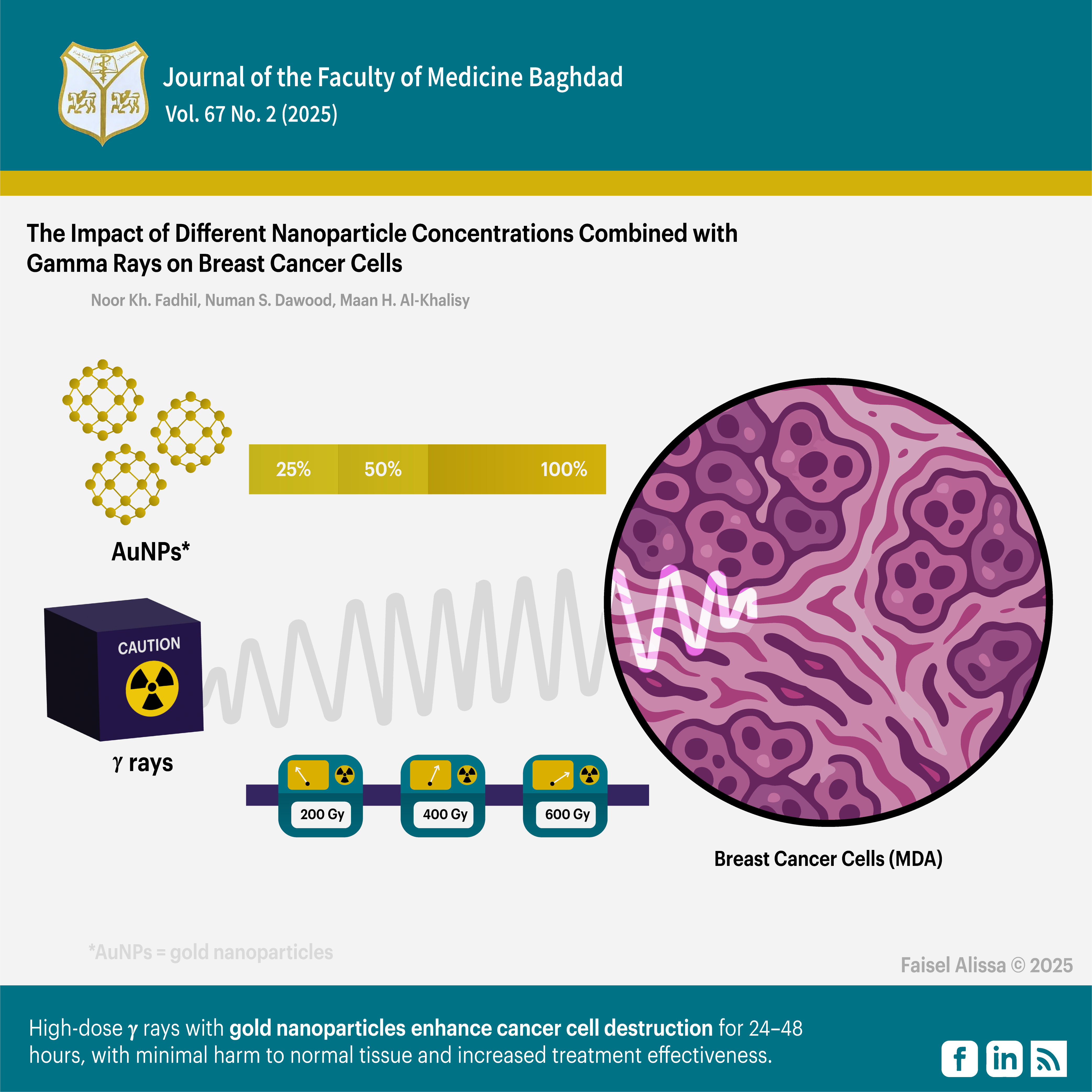
Downloads
Published
Issue
Section
Categories
License
Copyright (c) 2025 Noor Kh. Fadhil , Numan S. Dawood, Maan H. Al-Khalisy

This work is licensed under a Creative Commons Attribution 4.0 International License.

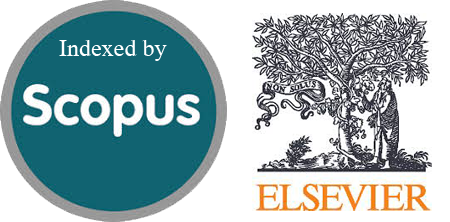
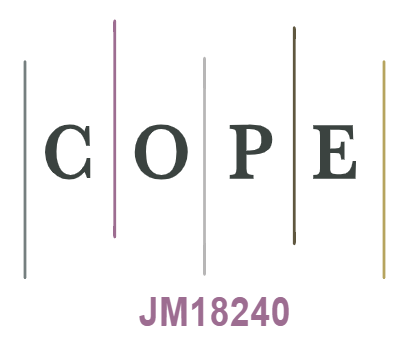





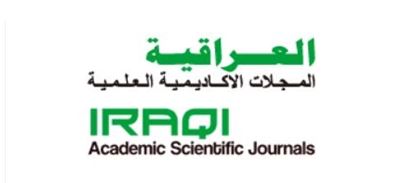


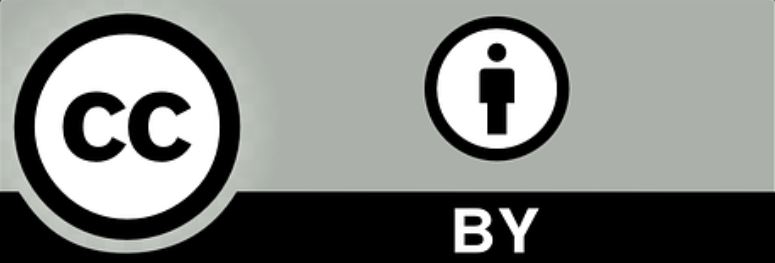 Creative Commons Attribution 4.0 International license..
Creative Commons Attribution 4.0 International license..


